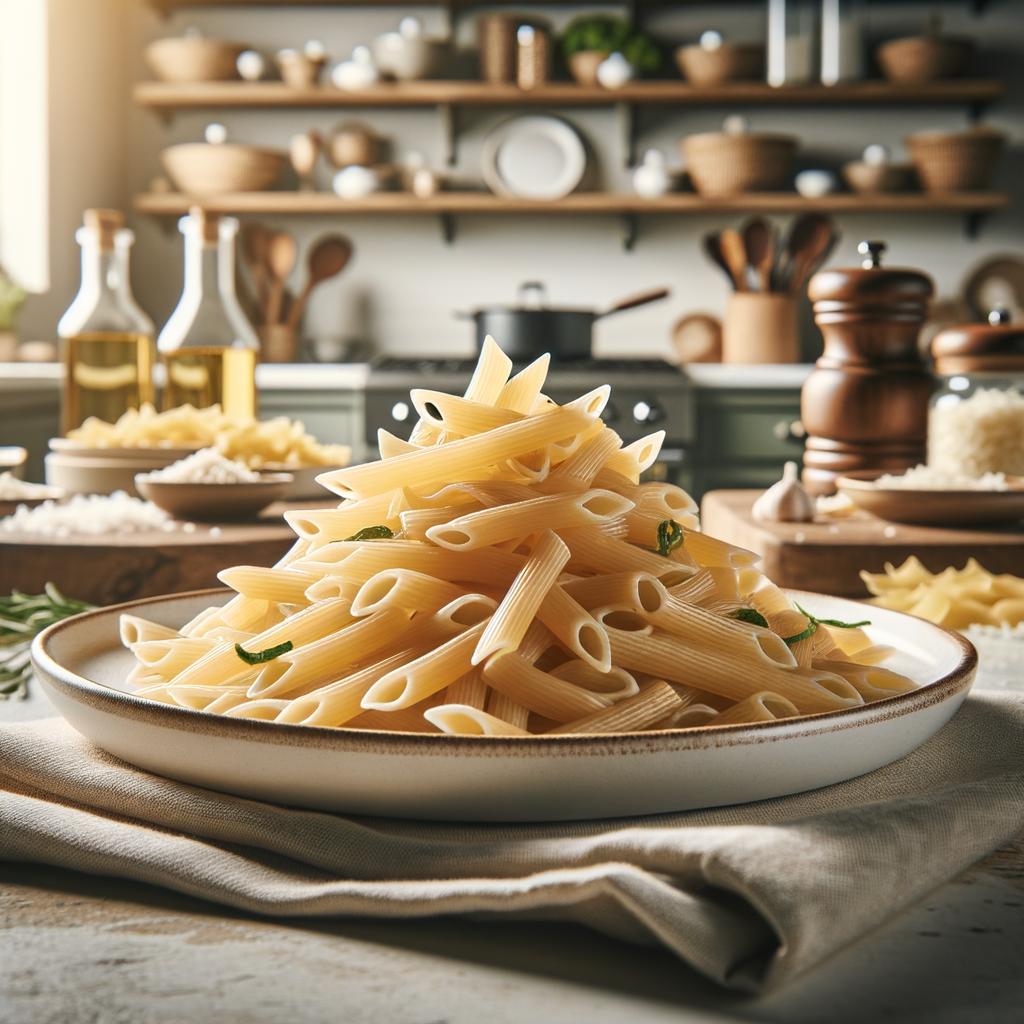Pizzoccheri Pasta

Description
Pizzoccheri is a type of pasta that hails from the Lombardy region of Northern Italy. It is a short, flat ribbon pasta, similar in shape to tagliatelle, but slightly wider and thicker. Made primarily from buckwheat flour, it boasts a grey-brown hue and a hearty, rustic texture. This pasta has a distinctive nutty flavor profile, a result of the buckwheat, and it's this unique taste that sets it apart from its wheat-based counterparts.
Primary Uses
Pizzoccheri is traditionally used in the namesake dish, Pizzoccheri alla Valtellinese, a comforting, winter dish that combines the pasta with potatoes, cabbage or Swiss chard, and a generous amount of melted cheese and garlic. The pasta's robust texture and flavor make it the perfect canvas for these hearty ingredients. Beyond this traditional use, Pizzoccheri's distinctive taste and texture make it a versatile ingredient in a variety of pasta dishes. While not common, the buckwheat flour used in Pizzoccheri has also found its way into the world of baking, adding a unique twist to bread and pastries.
History
The history of Pizzoccheri is steeped in the rugged alpine landscapes of Lombardy, where it has been a staple since the Middle Ages. The pasta was originally a food of the peasants, a simple, filling dish that could be made from locally available ingredients. Over time, it gained popularity and found its way into the kitchens of the wealthy, becoming a beloved dish across all social classes. The pasta's name is believed to come from the word 'piz', meaning 'piece', a nod to its short, ribbon-like shape. Each year, the town of Teglio in Lombardy hosts a Pizzoccheri festival, celebrating this humble pasta's rich history and cultural significance.
Nutritional Information
Pizzoccheri is a nutrient-dense pasta, thanks to its primary ingredient, buckwheat. High in fiber and protein, it also boasts a good amount of magnesium, a mineral important for bone health and energy production. The buckwheat flour gives Pizzoccheri a lower glycemic index compared to regular wheat pasta, making it a healthier choice for those monitoring their blood sugar levels. Despite these benefits, it's worth noting that Pizzoccheri, like any pasta, should be consumed in moderation as part of a balanced diet. The traditional dish, with its generous cheese and butter content, can be high in fat and calories. However, the pasta itself is a wholesome ingredient, bringing a piece of Italy's romantic culinary history to our plates.

